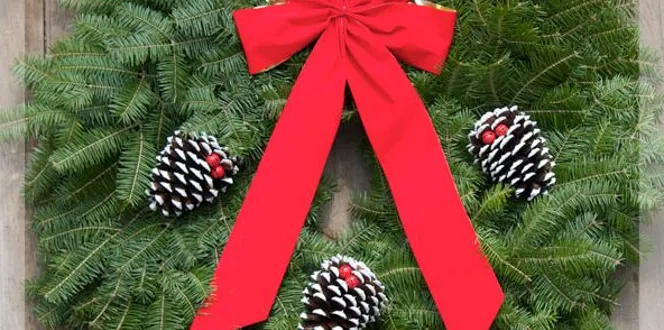Emerald green needles with a hint of lime or leafy green needles coated in icy blue— cedar trees show off their evergreen glow in such beautifully distinct ways.
But one thing’s for sure: brown, yellow or orange cedar tree needles aren’t so pretty, and they bring up a whole lot of questions about the health of your tree.
If your cedar tree’s not living up to its “evergreen” name, keep reading to find out why.
Will a brown cedar tree come back, or is my cedar dying?
Sometimes brown cedar needles are nothing to worry about, but there is a chance that the changing color could be a cause for concern.
Why is my cedar tree turning yellow, orange, brown or dropping its needles??
When your cedar tree doesn’t look like itself, it might just be going through normal growing pains, or a more serious problem could be brewing. Cedar trees turn brown, yellow or orange for a few reasons:
- Seasonal Needle Drop. It’s a normal cycle all cedar trees go through. Here’s how it works: around late summer or early fall, cedars and most conifers need to let go of older, interior needles that are no longer doing the tree much good. Those needles turn yellow/brown as the tree phases them out and makes room for new growth from the tips. Rest assured that a cedar that’s only dropping interior needles late in the season will look good as new by next spring.
- Drought stress. A cedar with a brown tint in summer is probably thirsty. You can check by digging down about an inch into the soil and feeling around. Dry or brittle soil calls for watering right away and more consistent watering and mulch moving forward. The key is to maintain soil that’s moist to the touch, not too dry and not soaking wet.
- Pests. Spider mites, budworms and other pests leave their mark on cedar trees by turning the needles brown, yellow or orange. Luckily these invaders are easy to control. A pest treatment with insecticidal soap for mites or that contains Bacillus thuringiensis or Bt for budworms can nip an infestation in the bud, but catching it early is key.
- Root trouble. Too much water from maintenance or flooding invites a fungus that causes root rot. Unfortunately, root rot is as bad as it sounds. With it, roots don’t get the oxygen they need, tree branches gradually turn brown, and eventually, the tree dies. While there’s no way to stop the spread of root rot once a tree is affected, removing an infected cedar tree will help lessen the risk to nearby trees from the nasty root rot fungus.
How do I tell if my cedar tree is dying or if it will come back?
Oftentimes a discolored cedar tree that has no other symptoms will rebound the following spring with the right care. But when tree problems move past the foliage, it could spell trouble. Root rot, for example, doesn’t just turn needles brown, it may also leave a distinct white fungus at the base of the tree.
If you’re not quite sure what’s up with your cedar, the best thing you can do is call in an arborist. He or she will inspect the tree to diagnose the problem and recommend the best course of action.







